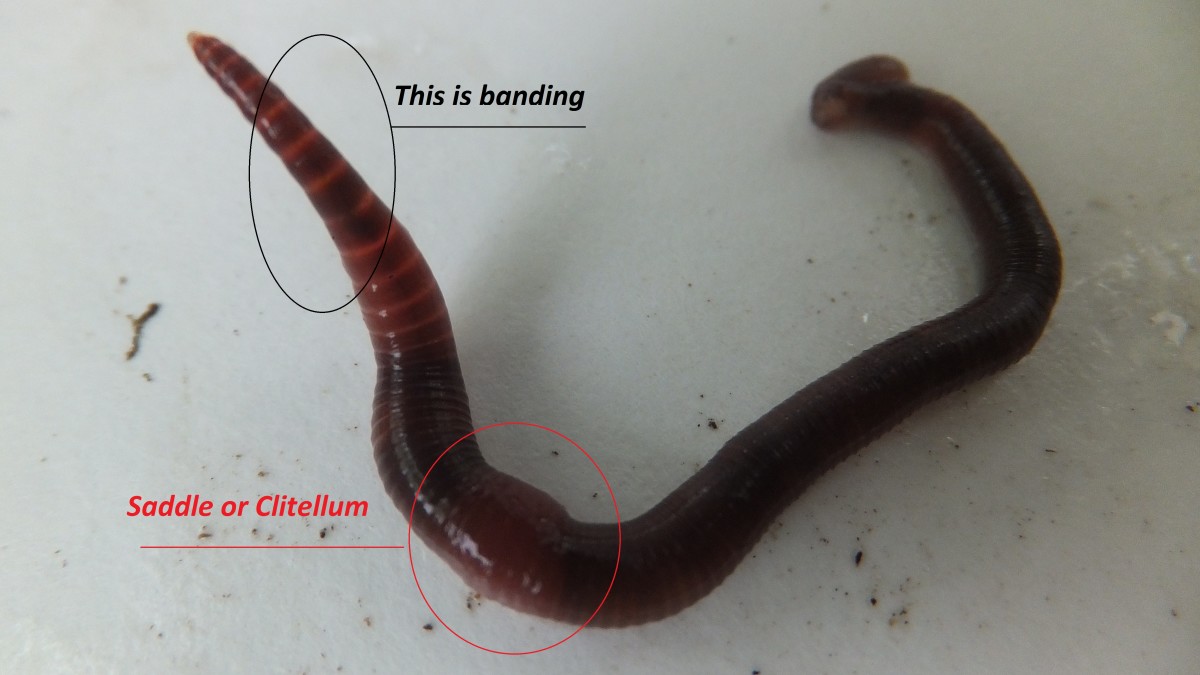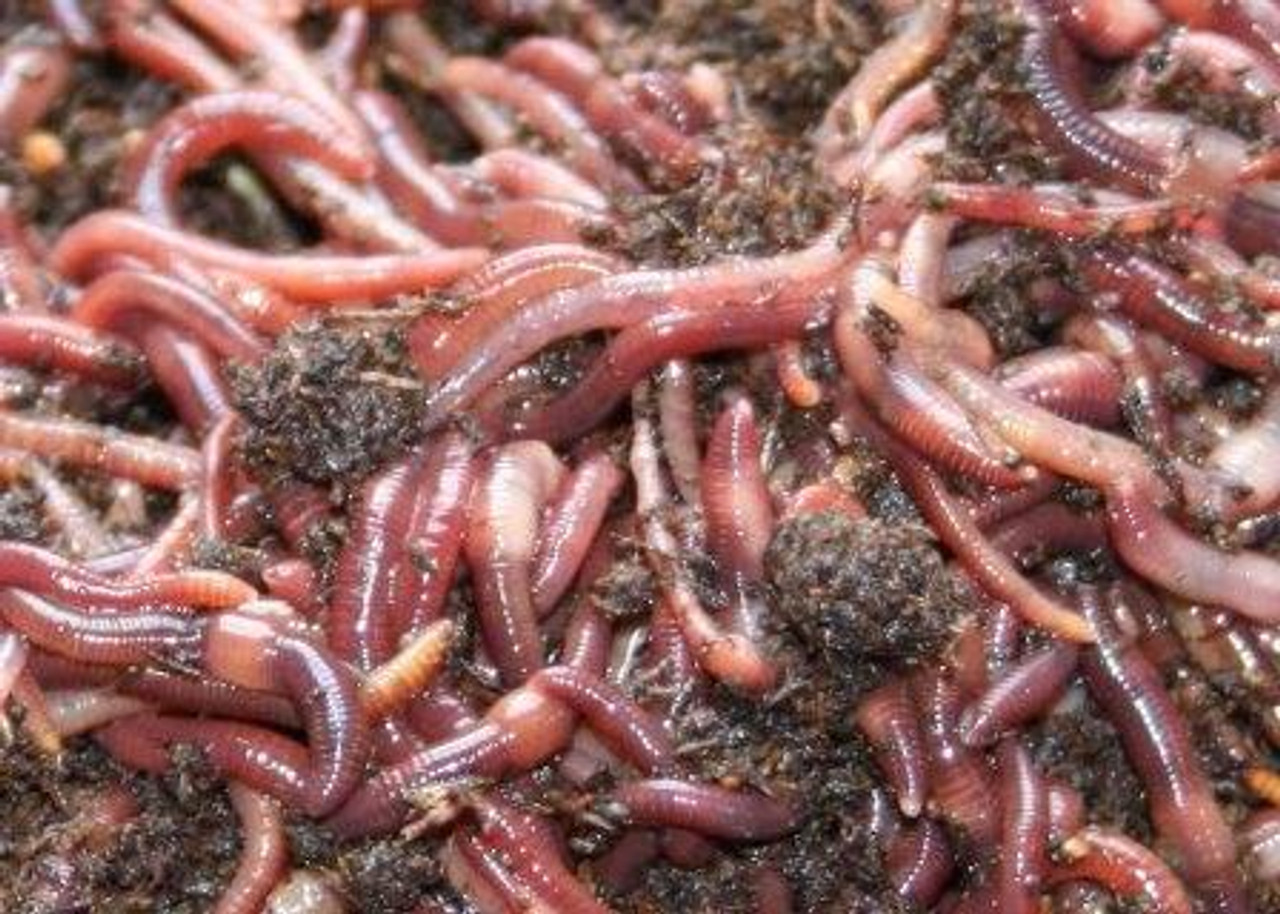Lake Hickory Bait: A Preferred Provider for Fresh Bait and Tackle
Lake Hickory Bait: A Preferred Provider for Fresh Bait and Tackle
Blog Article
Open the Secrets of Red Wigglers: Your Overview to Composting Success
The assimilation of red wigglers right into composting techniques presents a considerable possibility for boosting soil health and advertising sustainability. These microorganisms are not simply effective recyclers of organic waste; they supply a myriad of benefits that can change garden management. Recognizing their demands and habits is vital for optimizing their capacity, from setting up a proper worm container to feeding them the best products. As we explore the essential elements of effective vermicomposting, one might question just how these little creatures can cause a much more vivid and effective yard environment.

What Are Red Wigglers?
(Lake Hickory Bait)Red wigglers, medically referred to as Eisenia fetida, are a varieties of earthworm mainly used in composting as a result of their remarkable capability to break down raw material successfully. These worms are defined by their reddish-brown pigmentation and a segmented body, normally measuring in between 3 to 4 inches in length. Unlike various other earthworm species, red wigglers thrive in rich, organic environments, making them excellent for vermicomposting systems.
Native to North America, they are usually located in decaying fallen leaves and compost heap, where they play an essential role in nutrient recycling. Their adaptation to staying in a wet, aerobic setting enables them to take in huge amounts of natural waste, simplifying into nutrient-rich castings that boost dirt health and wellness.
Red wigglers reproduce quickly, with a single worm efficient in producing a number of cocoons weekly, each having multiple hatchlings. This rapid recreation rate adds to their performance in composting procedures. They favor temperatures in between 60 ° F and 80 ° F, and their task degree raises dramatically within this range, more helping in the decay procedure. Understanding the biology and behavior of red wigglers is necessary for maximizing their potential in composting applications.
Advantages of Making Use Of Red Wigglers
Taking advantage of the power of red wigglers in composting provides various advantages that improve soil health and advertise sustainable waste monitoring. These impressive organisms effectively damage down natural matter, transforming kitchen area scraps and backyard waste into nutrient-rich vermicompost. This ended up product is exceptionally useful for plant growth, as it improves soil structure, increases moisture retention, and enhances nutrition availability.

(Red Wiggler Express)Additionally, the existence of red wigglers in your composting system can speed up the composting process, generating high-quality garden compost in a fraction of the time contrasted to traditional approaches. The castings generated by these worms are also including helpful microbes that further enhance the dirt ecosystem.
Establishing Up Your Worm Bin
Creating a reliable worm container is a straightforward process that can substantially boost your composting efforts. The very first step is choosing an ideal container. Worm containers can be made from plastic storage space containers, wooden boxes, or readily available worm containers. Guarantee the bin has sufficient water drainage and air flow openings to maintain ideal wetness levels and airflow.
Following, prepare the bed linens material, which acts as the worms' habitat. A mix of shredded newspaper, cardboard, and coconut coir functions well, offering a comfy setting for the worms. Go for a bed linen deepness of about 4-6 inches. Dampen the bed linens gently, guaranteeing it looks like a damp sponge without excess water merging near the bottom.

Feeding Your Red Wigglers
To look at this web-site ensure the wellness and productivity of your red wigglers, it is vital to give them with a well balanced diet that fulfills their dietary needs. Red wigglers grow on a diverse array of organic products, which not only supply required nutrients yet also advertise reliable composting.
Beginning by integrating kitchen scraps such as vegetable peels, fruit cores, and coffee grounds. Stay clear of citrus fruits, onions, and garlic, as these can be damaging to worm health and wellness. In addition, introduce shredded paper, cardboard, and dry leaves to produce a well-aerated environment.
Feeding frequency need to be checked; typically, worms can eat half their body weight in food weekly. It is crucial to avoid overfeeding, as excess food can cause unpleasant smells and draw in bugs. A great practice is to add food in percentages, permitting worms to process it prior to presenting a lot more.
Keeping wetness levels is likewise essential; the bedding needs to be moist but not soaked. Be sure to routinely examine the temperature level and pH levels of the bin to ensure an optimum environment for your red wigglers, inevitably enhancing their composting performance.
Harvesting and Utilizing Compost
A successful composting process with red wigglers culminates in the rich, dark garden compost referred to as vermicompost, which can dramatically boost dirt health and wellness and plant growth. Harvesting this nutrient-dense product typically takes place every three to six months, depending on the size of your system and the quantity of natural issue being processed.
To gather, carefully different the garden compost from the worms and any kind of undecomposed materials. One effective approach entails relocating the materials of the container away and including fresh bed linen and food to the void, urging the worms to migrate. After a few days, the garden compost can be collected from the opposite side.
It is essential to make use of vermicompost appropriately to maximize its benefits. By incorporating vermicompost right into your gardening routine, you not just reuse natural waste however likewise develop a flourishing environment that supports sustainable gardening techniques.
Verdict
In summary, red wigglers function as phenomenal allies in composting initiatives, transforming organic waste right into nutrient-rich vermicompost (Red Wiggler Express). Their distinct biological characteristics and reliable waste handling capacities add considerably to sustainable gardening techniques. By comprehending the ideal problems for their habitat, feeding requirements, and garden compost harvesting techniques, garden enthusiasts can boost dirt health and wellness and promote plant vigor. Welcoming vermicomposting not only reduces landfill waste but also cultivates an extra ecologically responsible strategy to gardening and resource administration.
Report this page